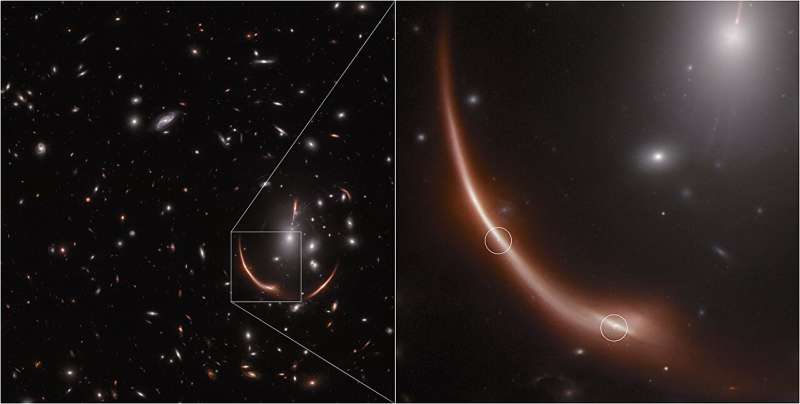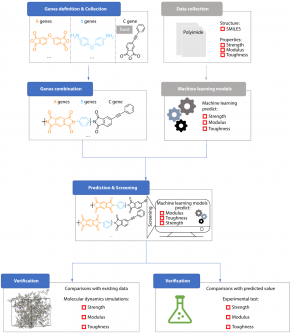An international research team, led by the Shanghai Astronomical Observatory of the Chinese Academy of Sciences, has made significant strides in accurately measuring the Hubble constant (H0), a vital parameter that describes the universe’s expansion rate. Their findings, published on November 3, 2025, in the Monthly Notices of the Royal Astronomical Society, demonstrate how applying pixelized strong-lensing modeling on a galaxy cluster scale can enhance the precision of H0 measurements.
The Hubble constant is central to modern cosmology, yet a notable discrepancy, referred to as the “H0 tension,” exists between measurements derived from the early universe, such as those from the cosmic microwave background, and later observations, like those from Type Ia supernovae. This inconsistency, exceeding 5 sigma, underscores the need for an independent and precise methodology to resolve the tension between these disparate measurements.
One promising approach involves using strongly lensed supernovae, which can measure cosmic distances by analyzing time delays between multiple images of the same astronomical event. This technique offers the potential to provide high-precision cosmological constraints without relying on the traditional “cosmic distance ladder.” However, the accuracy of this method has been hampered by uncertainties in modeling the mass distribution of the lensing clusters.
Building on previous work from the CURLING project, the research team developed a pixelized strong lens modeling framework that allows for a more detailed analysis. They applied their method to a system akin to the supernova “Requiem” located in the MACS J0138.0-2155 galaxy cluster. The results revealed that the pixelized modeling reduced uncertainty to ±0.8 km/s/Mpc, improving precision by over tenfold compared to traditional point-source modeling techniques.
This advancement is particularly significant as it indicates that high-resolution observational data from facilities such as the James Webb Space Telescope (JWST) can be fully utilized. The research emphasizes that extracting surface brightness information from arc-like multiple-image systems produced by lensing effects can substantially minimize systematic errors in modeling.
Looking forward, the researchers simulated potential observations from upcoming survey facilities. Under the conditions of the Rubin Observatory’s Legacy Survey of Space and Time (LSST), time-delay measurements could achieve uncertainties of approximately 1.5%. For the Chinese Survey Space Station Telescope—Multi-Channel Imager (CSST-MCI), further improvements in precision are possible. When combined with pixelized modeling, CSST-MCI observations could constrain H0 within 0.1 km/s/Mpc.
Dr. Xie Yushan, the study’s first author, stated, “Pixelized modeling allows us to use all the information encoded in the lensed arcs, rather than relying only on the positions of multiple images. This is a key step toward precision cosmology with cluster-scale strong lensing.”
Prof. Shan Huanyuan, the study’s corresponding author, added, “With JWST, Euclid, and the upcoming Chinese Space Station Telescope, we are entering a golden era of strong-lensing research. This work demonstrates the tremendous potential for achieving high-precision cosmological measurements once more lensed supernova samples become available.”
The combination of advanced imaging techniques and pixelized strong-lensing modeling represents a significant leap toward achieving percent-level precision in H0 measurements in the near future. As research continues to evolve, the astronomical community eagerly anticipates the implications of these findings for our understanding of the universe.







